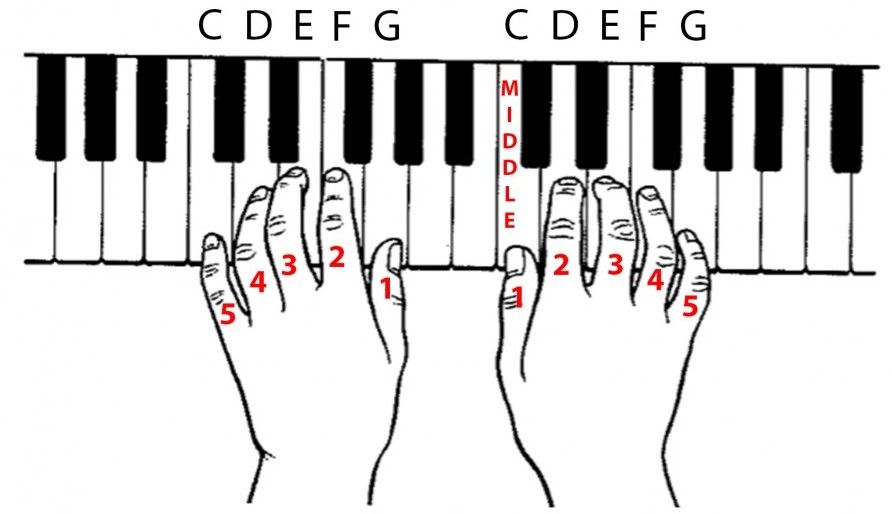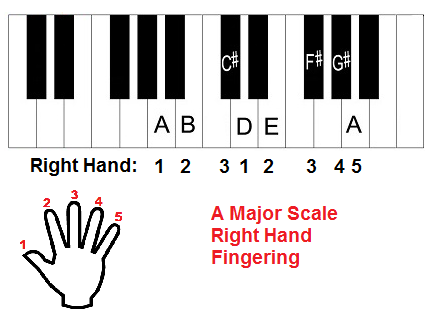Keyboard Number Finger Placement for Piano Beginners
Understanding keyboard number finger placement is a vital step for new piano players. It teaches you which finger goes where on the keys, helping you build speed, control, and confidence.

What Is Keyboard Number Finger Placement?
Each finger on your hand is assigned a number:
• 1 = Thumb
• 2 = Index Finger
• 3 = Middle Finger
• 4 = Ring Finger
• 5 = Little Finger ( Pinky )
This numbering system is used in piano sheet music and lesson books to guide finger movement.
Why Finger Placement Matters
Using proper finger placement:
• Reduces hand fatigue
• Improves accuracy and fluidity
• Builds muscle memory faster
• Helps you read sheet music more effectively
• Supports smoother scale and chord transitions
Basic Finger Placement Tips
• Sit with a relaxed wrist and curved fingers
• Keep all fingertips touching the keys, not flat or too stiff
• Don't stretch or twist fingers unnecessarily
• Always return to your hand's natural position after a phrase
Example: Right-Hand C Major Scale
Here's how to use finger numbers to play the C major scale with your right hand:
1 (Thumb) → C
2 (Index) → D
3 (Middle) → E
Tuck thumb under
1 (Thumb) → F
2 (Index) → G
3 (Middle) → A
4 (Ring) → B
5 (Pinky) → C

Practice Drill (Try This)
• Place your right-hand thumb (1) on middle C
• Play C-D-E using 1-2-3
• Tuck thumb under to F
• Continue up to the next C with correct finger numbers
• Repeat slowly, then try it with your left hand going down